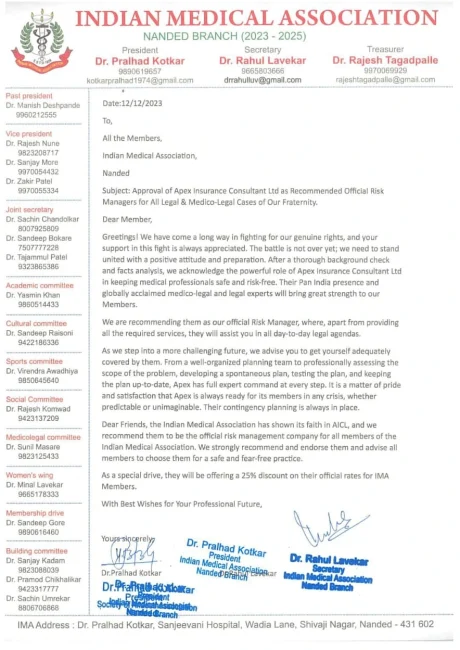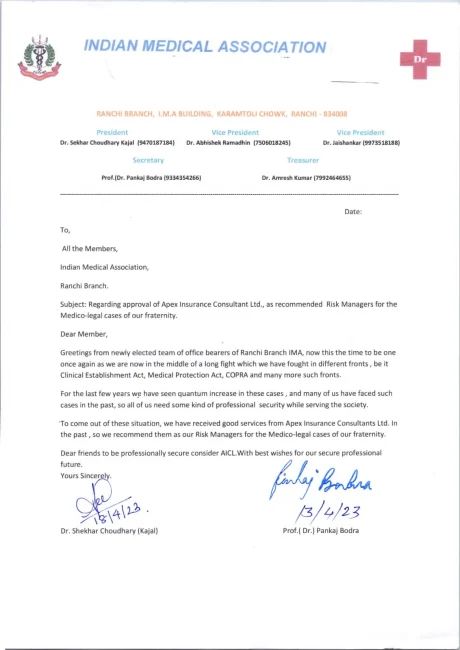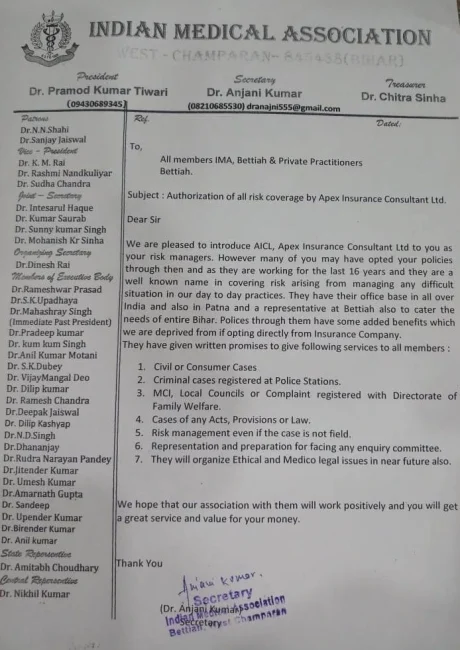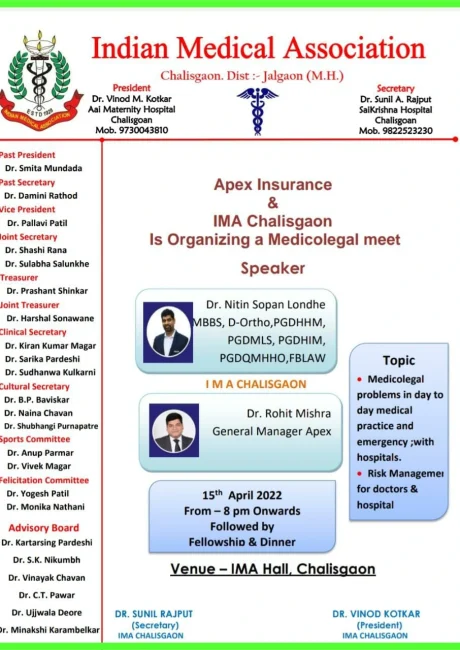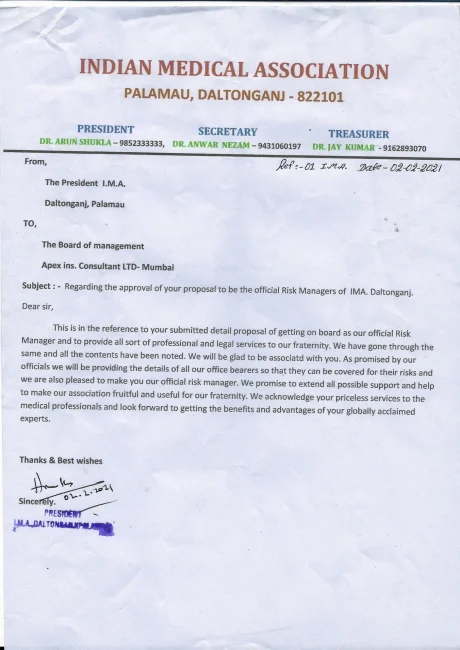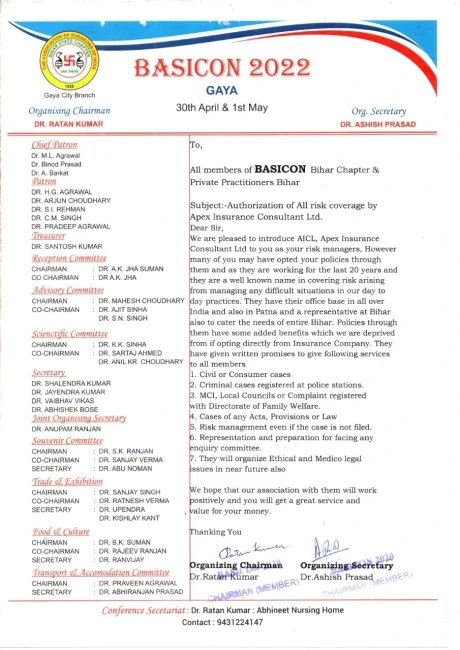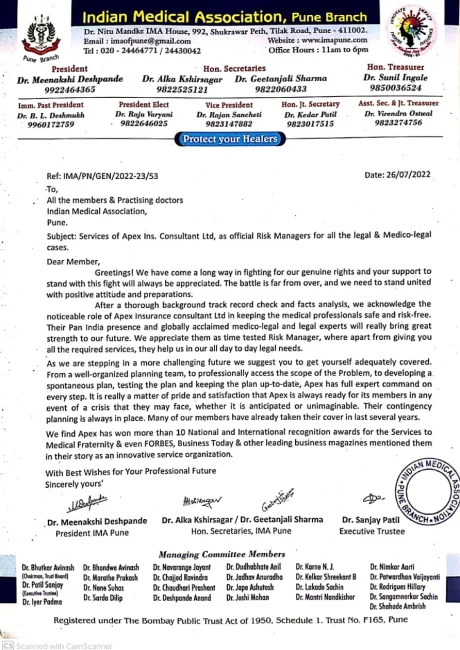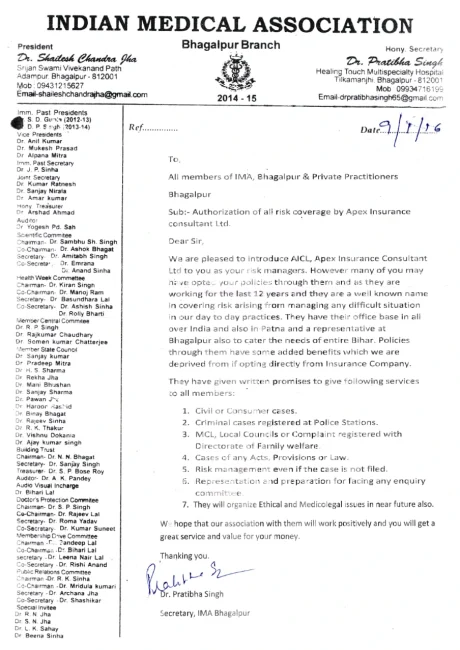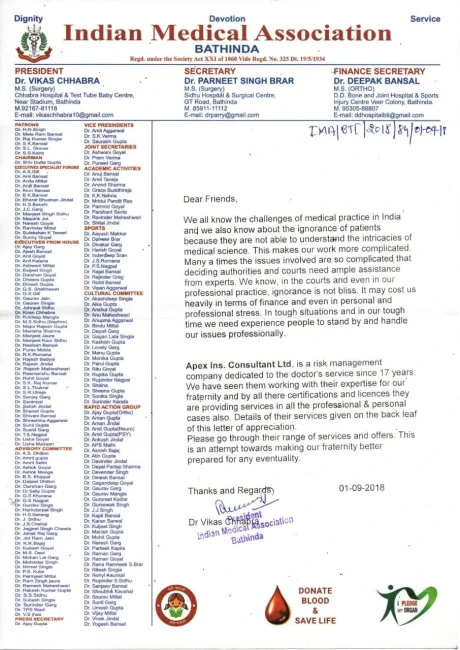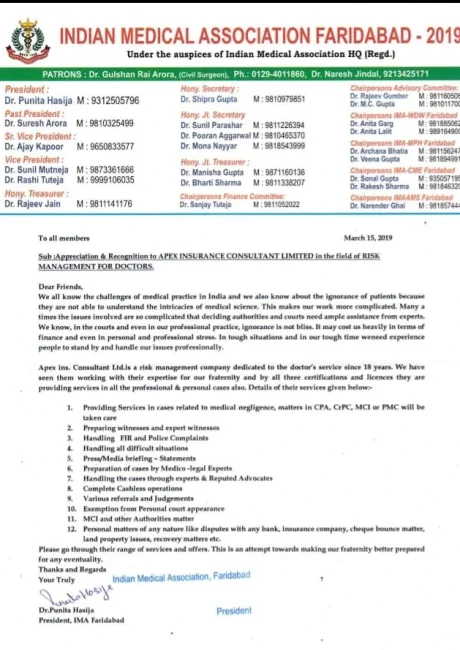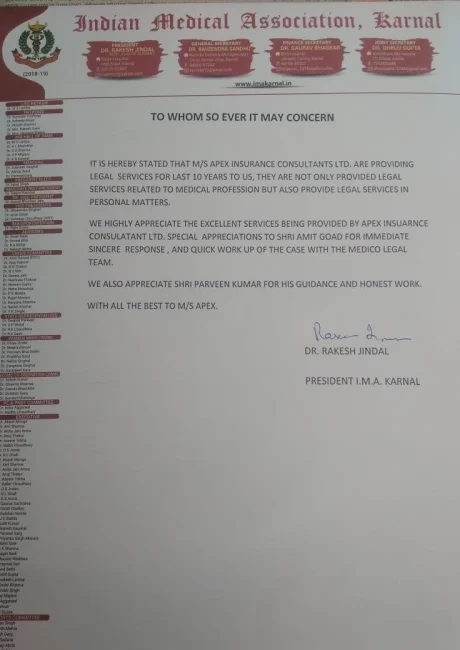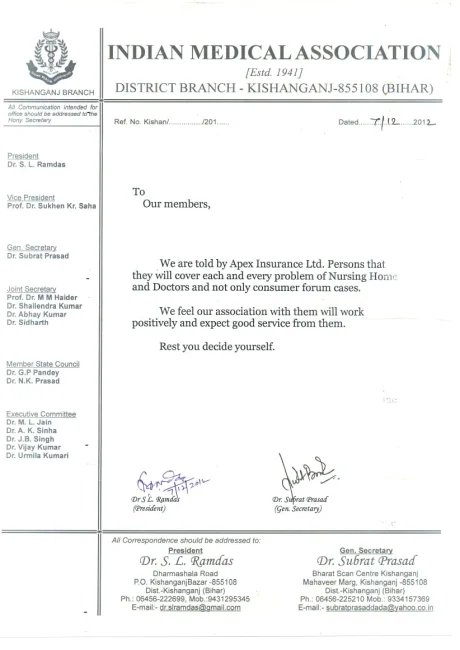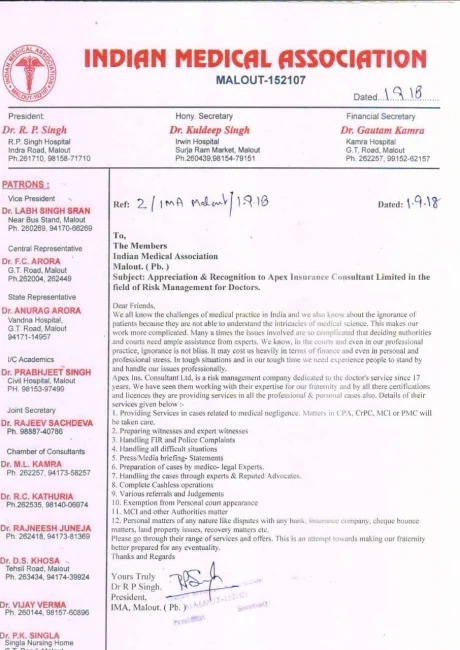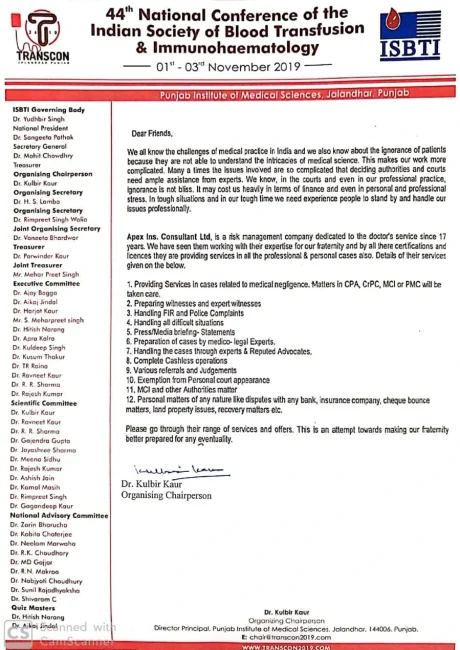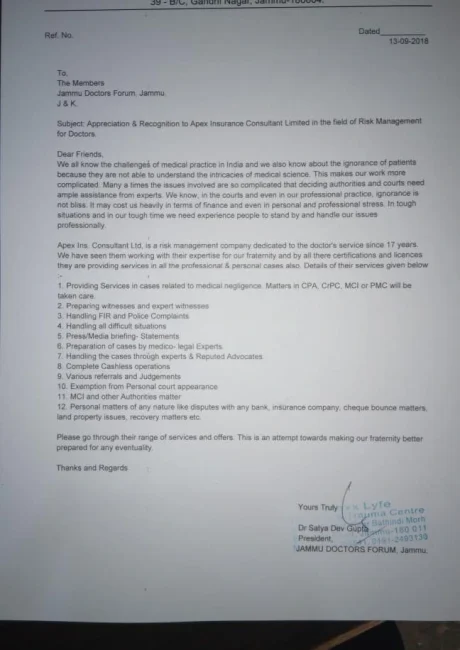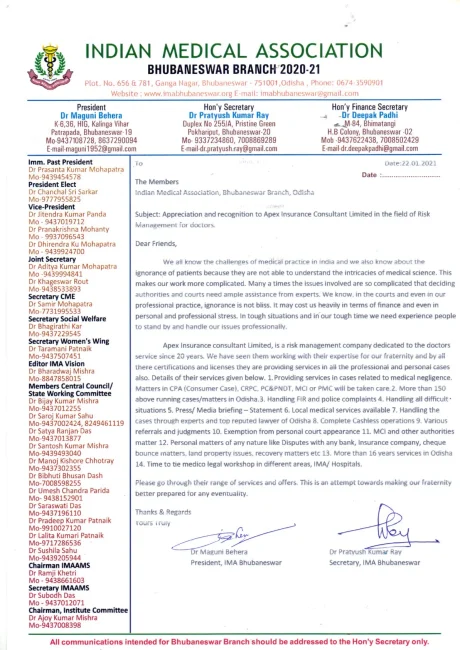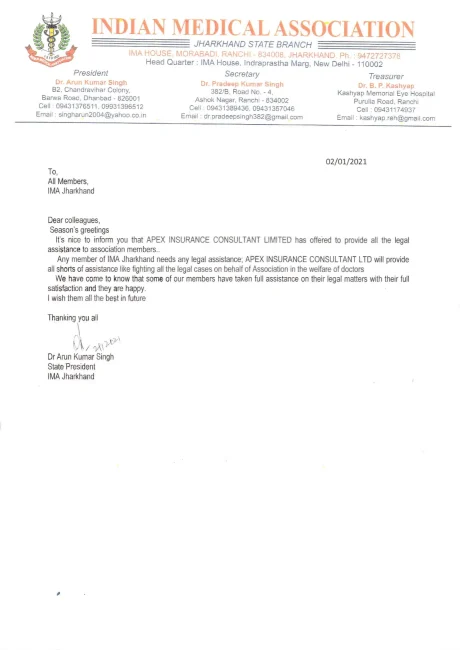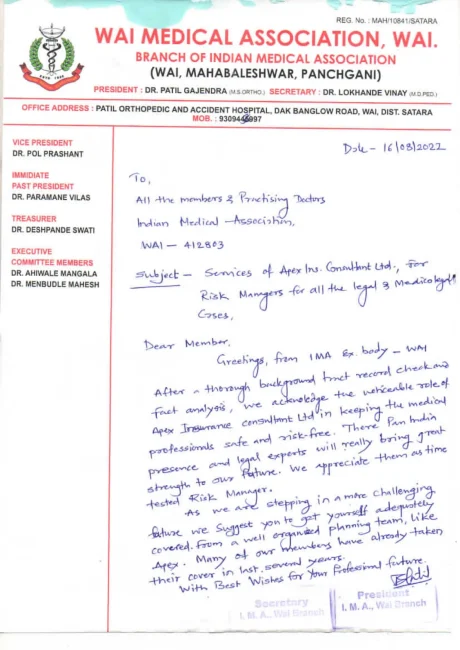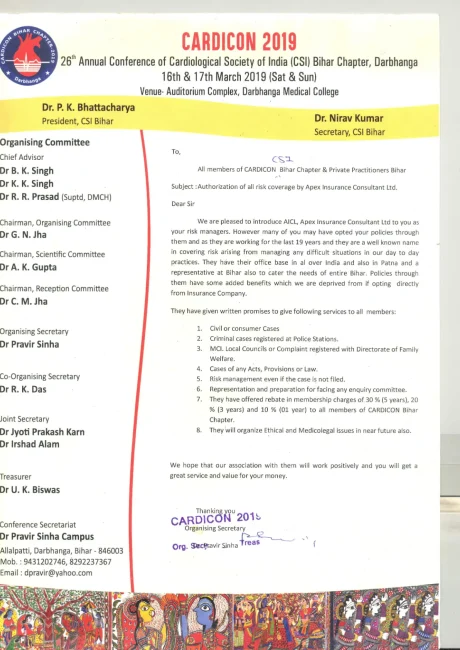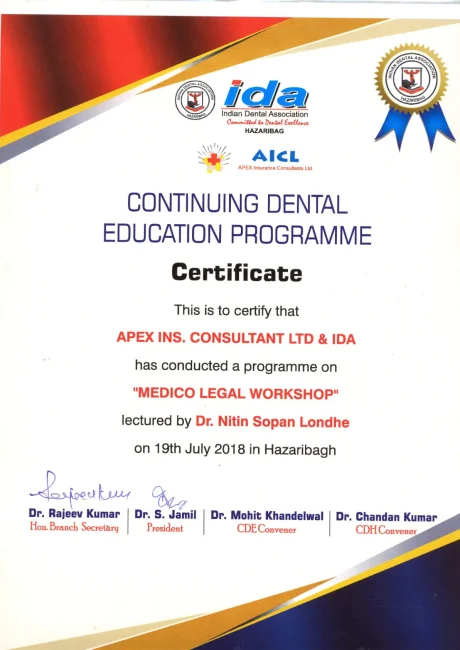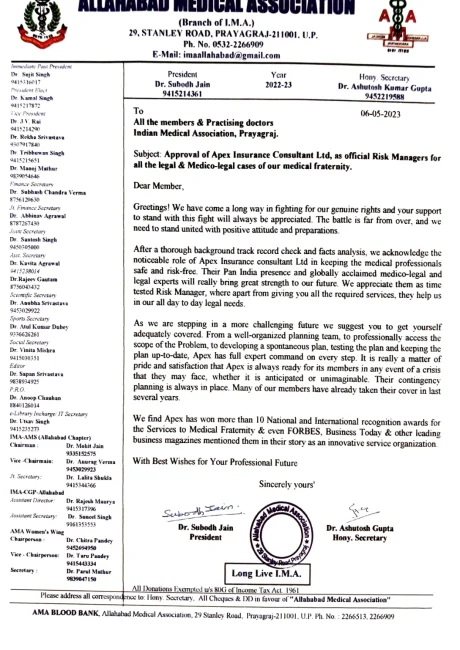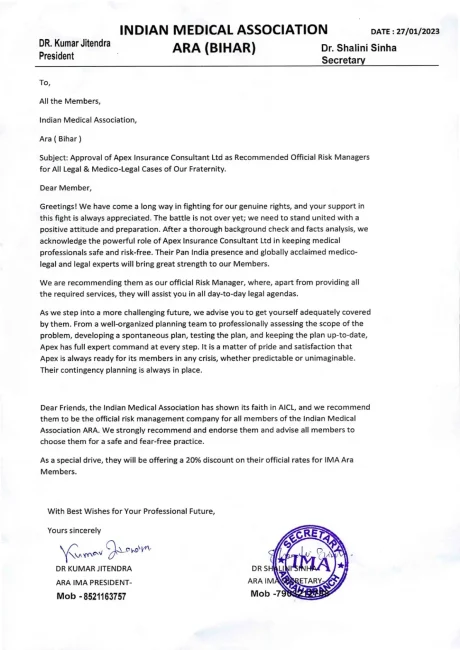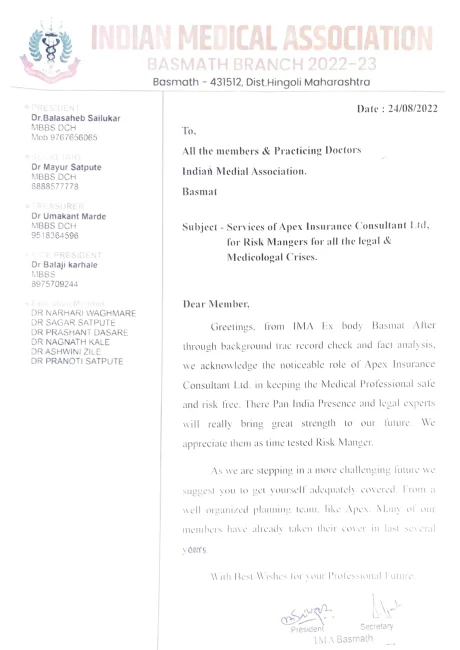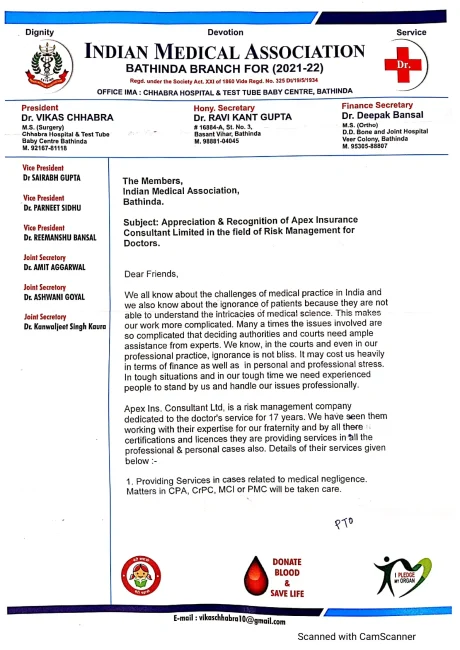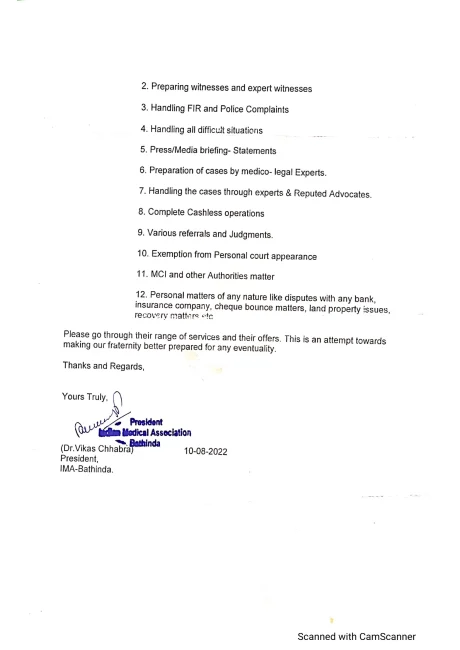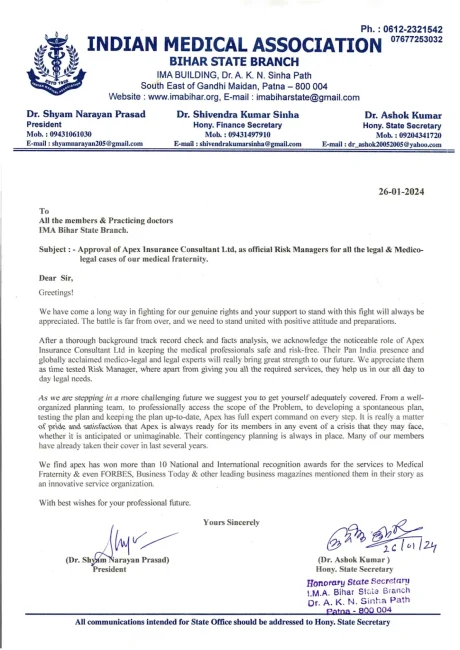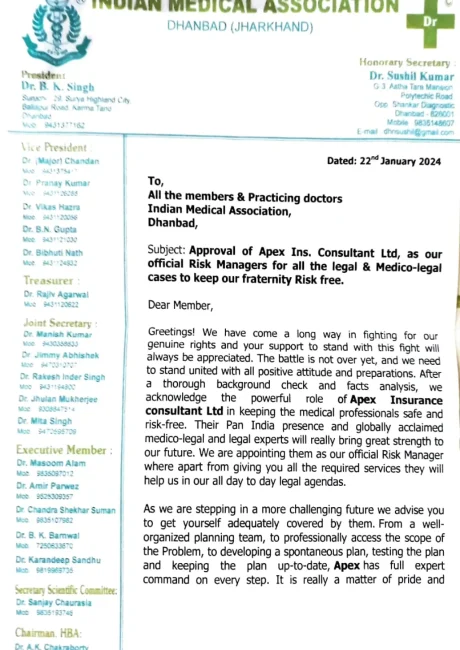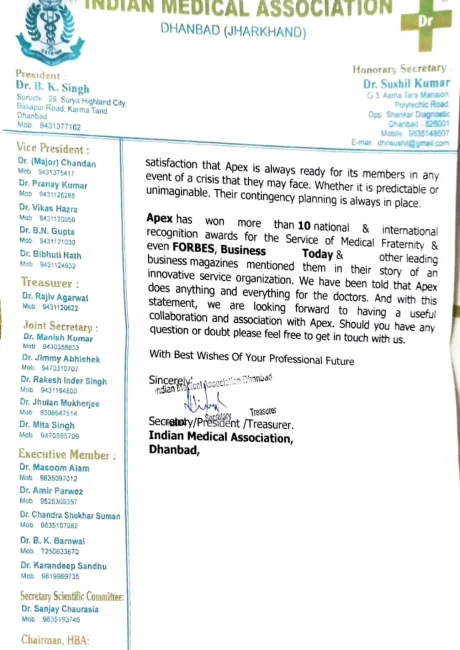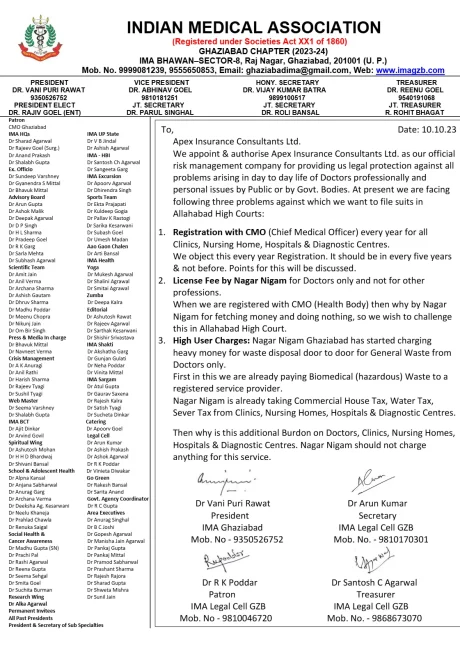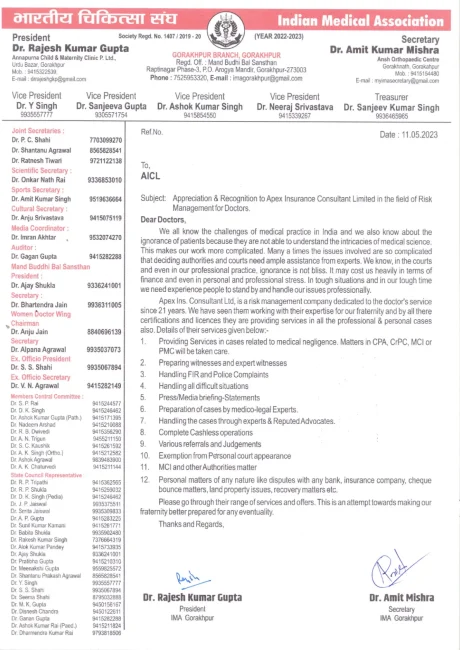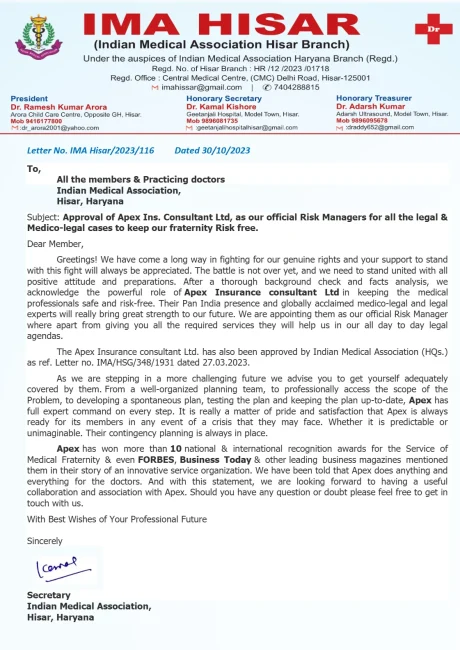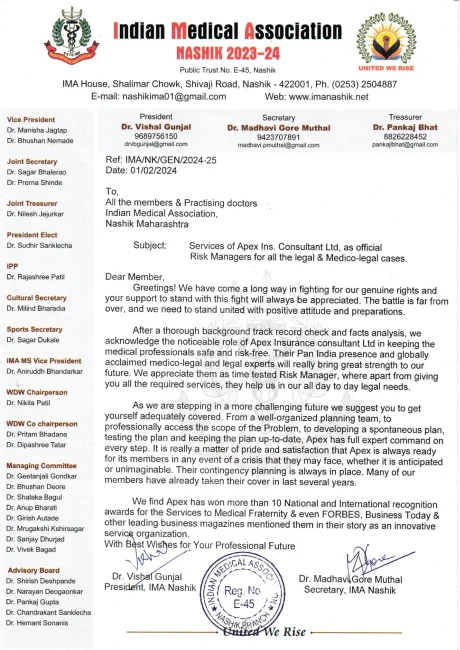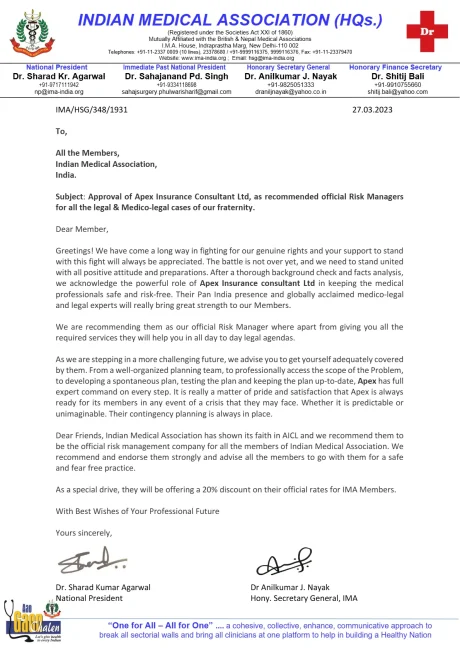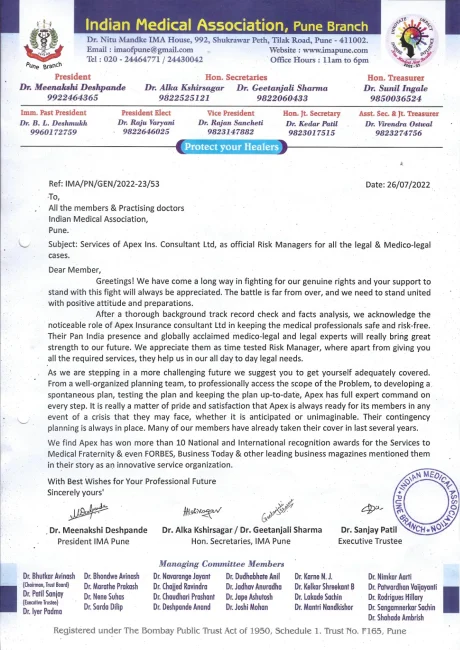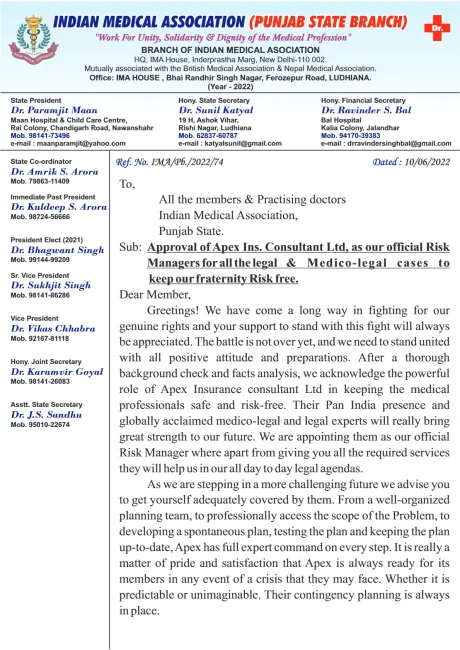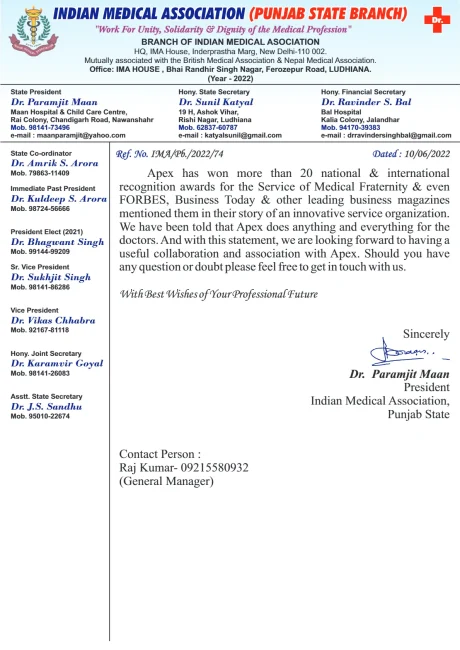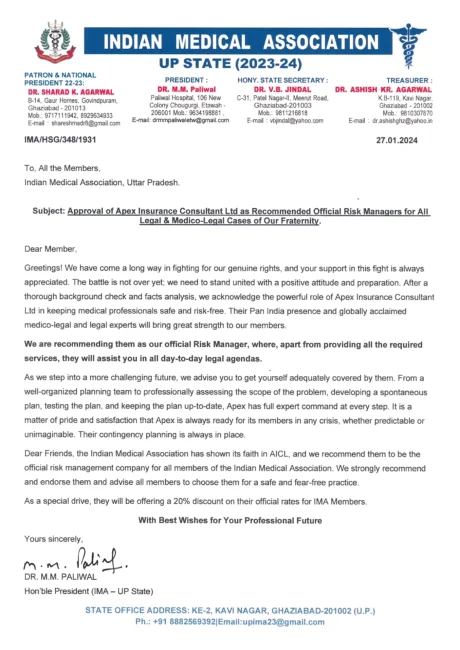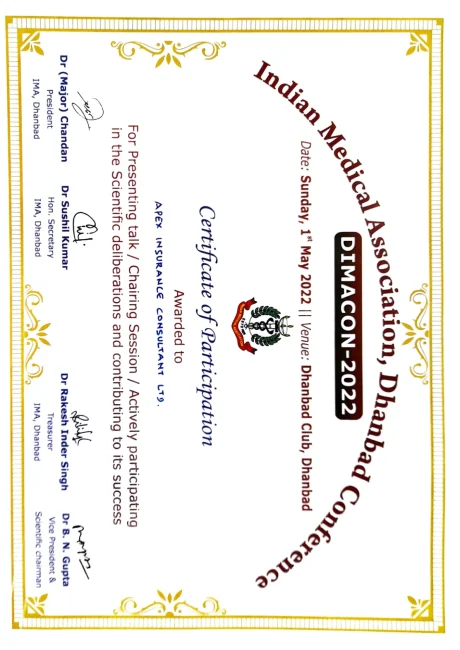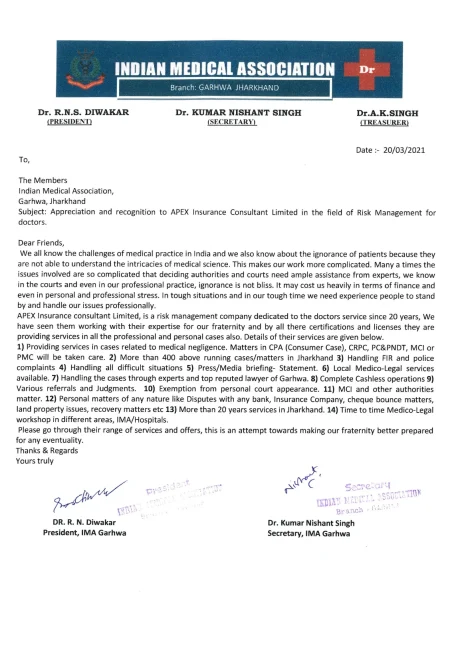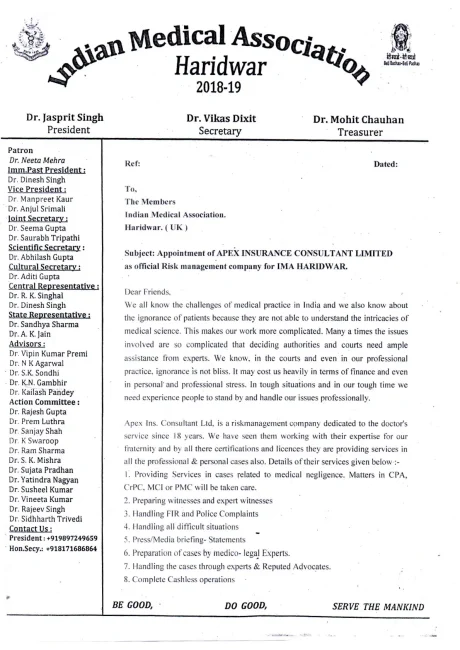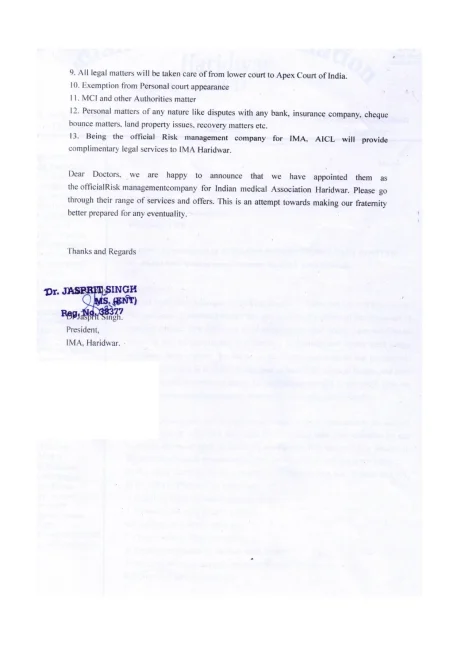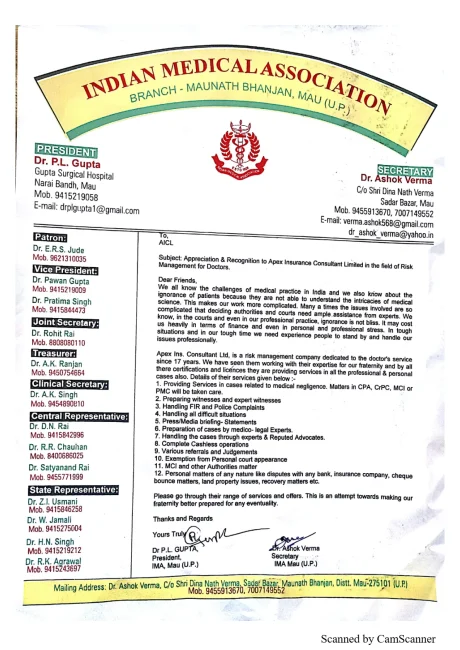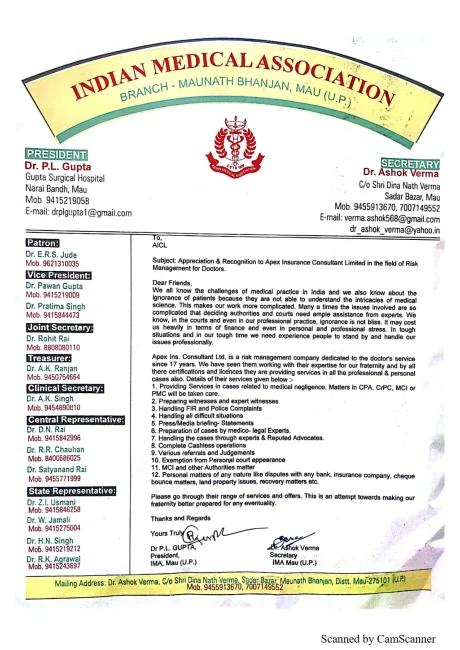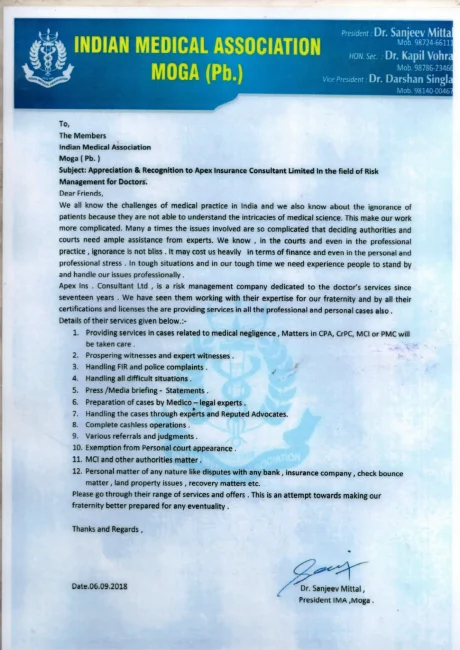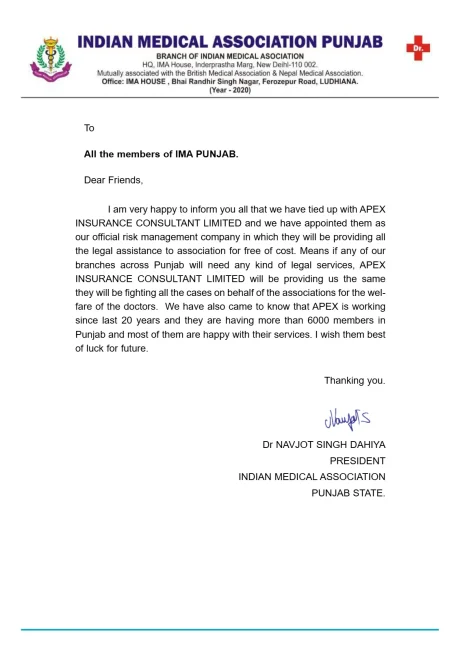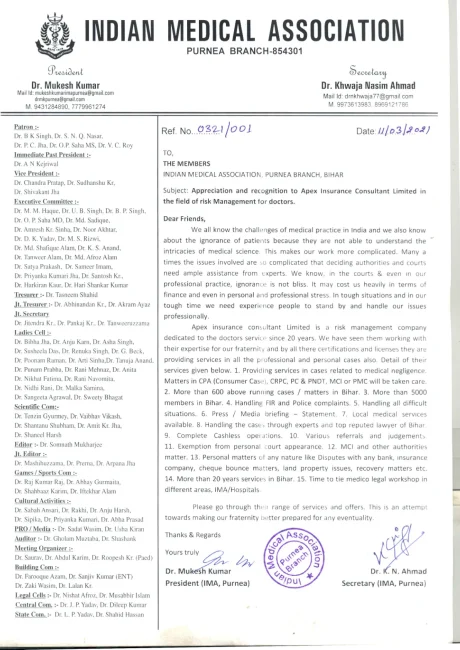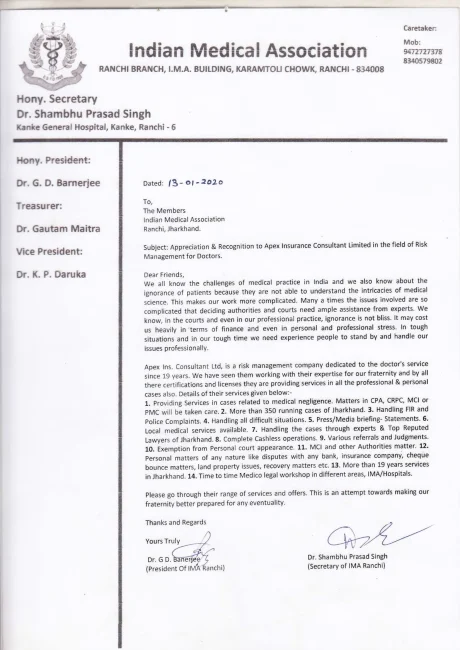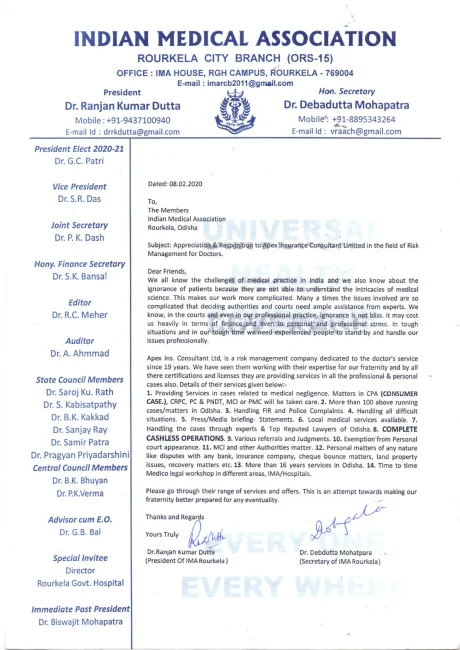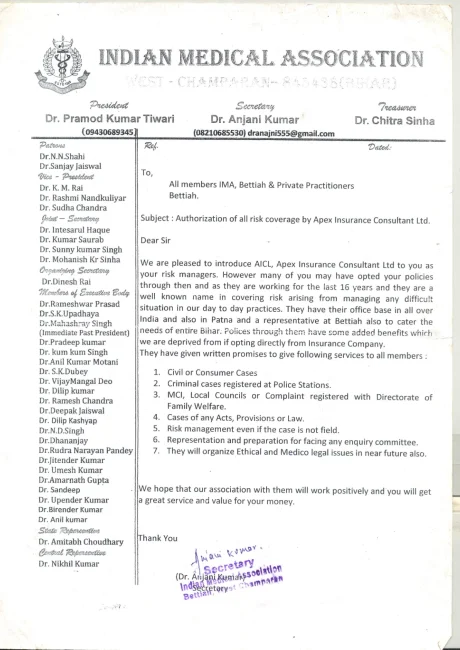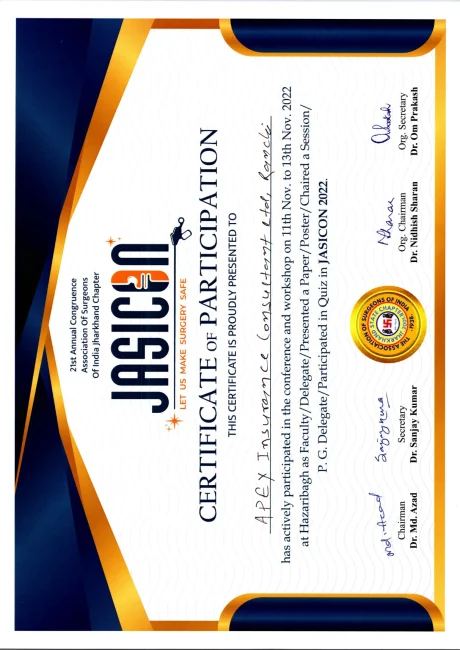By, Dr Mahesh Baldwa, Dr Varsha Baldwa, Dr Namita Padvi, Dr Sushila Baldwa
The National Medical Commission Act 2019gazetted on 7th august 2019 and it replaces the Indian Medical Council Act 1956.
Challenge posed to the critical care profession practiced by homeopaths and Ayurveda and other Ayush doctors under National Medical Council act 2019 which shall replace medical council of India act 1956
The critical care profession practice is comprised of a motley group of practitioners each subscribing to a different system of medicine. Every critical care centre is festered with this problem. Allopaths only constitute about 45% of the critical care, homeopaths 20% and practitioners of Indian systems of medicine (viz. Ashtang Ayurveda, Unani Tibb, Siddha) account for 35% of all trained medical personnel in critical care practice and employed. Most of these young health care practitioners are employed as cheap medical labour by corporate hospitals to conduct critical carepractice in urban areas round the clock in India. The urban concentration accounted for allopaths constituting 75% of them are found in towns and cities and to a lesser extent in rural areas. Rural critical care centers are owned by homeopaths and Ayurveda doctors.
National Medical Council act 2019
The NMC would replace the 63-year-old Medical Council of India (MCI). The president dissolved the MCI in 2018 and a Board of Governors was appointed to perform its functions. The NMC act that seeks to repeal the Indian Medical Council Act 1956. It has eight chapters encompassing 61 sections. Section 31 provides for national and state medical register. National Medical Council rules are yet to be framed. Once notified, the rules will be framed and the NMC will be constituted for development and regulation of all aspects of medical education, profession and institutions. All these will be done within six months. NMC is claimed to be progressive legislation which will reduce the burden on medical students. It will ensure probity in medical education, bring down costs of medical education, simplify procedures, ensure quality education, and provide wider access to people to quality healthcare. The bill which has received president’s accent is now going to be Act once it is gazetted.
National Exit Test (NEXT) under NMC
It has provision for making national standards in medical education uniform by proposing that the final year MBBS exam be treated as an entrance test for PG and a screening test for students who graduate in medicine from foreign countries. This exam, called the National Exit Test (NEXT), under National Medical Commission (NMC) moves away from a system of repeated inspections of infrastructure and focuses on outcomes rather than processes. Once a candidate clears NEXT, he can register himself and obtain a license to practice. The Act does not impose any restriction on the number of attempts at NEXT for improving the rank for admission to PG courses. Section 15(1) of the NMC proposes a common final-year MBBS exam, the National Exit Test (NEXT), before an individual start practicing medicine and for seeking admission to post-graduate medical courses and for enrolment in the State Register or the National Register. NEXT shall also be applicable to Institutes of National Importance (INIs) like AIIMS to have common standards in the country. The NMC provides that the Medical Assessment and Rating Board (MARB) will conduct an assessment to the medical college and develop a system of ranking medical colleges which would enable the students to choose the medical college wisely.
Indian Medical Association (IMA) has raised concerned over Section 32 of the NMC.
The Indian Medical Association (IMA), the largest body of doctors and medical students in India with three lakh members opposed NMC. The Indian Medical Association (IMA) has raised concerned over Section 32 of the NMC that provides for licensing of 3.5 lakhs non-medical persons or Community Health Providers to practice modern medicine. According to the NMC, the Commission may grant limited license to practice medicine at mid-level as Community Health Provider to such person connected with modern scientific medical profession who qualifies such criteria as may be specified by the regulations. IMA says this is backdoor entry for Ayush doctors to practice allopathy.
IMA feels, according to the NMC, the Community Health Provider may prescribe specified medicine independently, only in primary and preventive healthcare, but in cases other than primary and preventive healthcare, he may prescribe medicine only under the supervision of medical practitioners registered under sub-section (1) of section 32.
IMA feels “The term Community Health Provider has been vaguely defined to allow anyone connected with modern medicine to get registered in NMC and be licensed to practice modern medicine” also “This means persons without medical background are becoming eligible to practice modern medicine and prescribe independently. This law in a way legalizes quackery. This will make available cheap unqualified or partially qualified persons under NMC.
IMA feels, about 68,000 medical graduates pass out of more than 500 medical colleges every year. As only 23,000 (1/3rd) of them qualify for post-graduation courses, the rest 2/3rd of MBBS doctors i.e. 45,000, end up looking for jobs or loiter around coaching institutions for PG preparation. NMC will make situation worse for MBBS doctors seeking jobs. NMC is providing an opportunity for unqualified or partially qualified persons to practice allopathy by backdoor entry at cheaper rates, competing with frustrated unemployed qualified MBBS doctors. This will force MBBS doctors to make available at cheaper rates while competing with unqualified or partially qualified persons under NMC.
The basic objection from doctors pertains to section 45 of the NMC, which, according to them, empowers the Centre to override any suggestion of the NMC.
NMC to improve government statistical data without spending much by re-jigging
India is not producing enough doctors every year. The country faces a shortage of 5 lakh doctors. The World Health Organization (WHO) prescribes a doctor-to-patient ratio of 1:1,000.
Current Statistical Data
With NMC government hopes to improve on paper statistical data without spending much by re-jigging. There were 1,157,771 allopathic doctors registered with the state medical councils/Medical Council of India as on January 31, 2019, to treat a population of 1.3 billion. Assuming 80% availability, it is estimated that around 9.26 lakh doctors are in active service, which makes India’s doctor-population ratio 1:1,457. It is better in cities and poor in villages. The World Health Organization recommends a doctor-population ratio of 1:1,000.
Around 80% of India’s registered doctors work in cities, which is home to 31% of the country’s population. Private hospitals are heavily skewed in favour of Tier-1 and Tier-2 cities, which leaves the rural population heavily dependent on under-staffed public health centers and government hospitals.
How NMC is going to change statistical data?
NMC will cater to 3.5 lakh community health providers are being trained to work in Ayushman Bharat Health and Wellness Clinics being set up for every 5,000 population across states. More than half of India’s population still has no access to primary health services, which can provide 80%-90% of healthcare needs of any given population across a lifetime, according to the World Health Organization (WHO).
How NMC is going to change statistical data in critical care by deploying paramedical staff for preventive and primary healthcare?
NMC has provision of training nursing and allied health professionals as community health providers will make preventive and primary healthcare less dependent on doctors. Doctors, who will then freed up to provide secondary and advanced care.
The NMC shall be 29 members which will include 9 elected registered medical practitioners and 10 nominated members from the States
- Four autonomous Boards under the NMC to focus on undergraduate and postgraduate medical education, assessment and rating, and ethical conduct. The proposed boards were Undergraduate Medical Education Board (UGMEB) and the Post-Graduate Medical Education Board (PGMEB) to formulate standards, curriculum, guidelines, and grant recognition to medical qualifications; the Medical Assessment and Rating Board (MARB), a regulatory body with punitive teeth; and the Ethics and Medical Registration Board (EMRB) to maintain a National Register of licensed medical practitioners and regulate professional conduct
- Medical Advisory Council, a primary federal platform to provide representation to the States to express their views and concerns before the NMC and to advise the NMC on measures to ensure equitable access to medical education
- State Medical Councils to receive complaints relating to professional or ethical misconduct and act as a platform for the aggrieved to appeal to successively higher levels of authority.
The National Medical Commission NMC of 2019 proposes to have four autonomous boards to take care of its different functions:
(i) Under-Graduate Medical Education Board to set standards and regulate medical education at undergraduate level
(ii) Post-Graduate Medical Education Board to set standards and regulate medical education at postgraduate level
(iii) Medical Assessment and Rating Board for inspections and rating of medical institutions and
(iv) Ethics and Medical Registration Board to regulate and promote professional conduct and medical ethics and also maintain national registers of (a) licensed medical practitioners and (b) Community Health Providers (CHPs).
Ethics and Medical Registration Board shall regulate Ethics
The word, “ethics” is derived from the Greek word ‘ethos’ which means customs and habits. It means something in conformity with moral norms or standard of professional conduct of critical care. The word relates to the precepts which should control moral behavior. Ethics is that science of knowledge, which deals with the nature and grounds of moral obligations, distinguishing what is right from what is wrong in critical care.
Ethics board of NMC and critical care profession practice
Ethics under NMC will be different. So far, even if MCI suspends a doctor, the decision is not binding state medical councils who can refuse to comply with it. In contrast, the new NMC clearly states that the ethics board will “exercise appellate jurisdiction with respect to actions taken by state medical councils”.
Professional or ethical misconduct
The State Medical Councils will receive complaints relating to professional or ethical misconduct against a registered medical practitioner. If the medical practitioner is aggrieved of a decision of the State Medical Council, he may appeal to the Ethics and Medical Registration Board.
The State Medical Councils and the Ethics and Medical Registration Board have the power to take disciplinary action against the medical practitioner including imposing a monetary penalty. If the medical practitioner is aggrieved of the decision of the Board, he can approach the NMC to appeal against the decision. Appeal of the decision of the NMC lies with the central government.
Appeal on matters related to professional and ethical misconduct
In cases of professional or ethical misconduct by medical practitioners, the practitioners can appeal a decision of the NMC to the central government. It is unclear why the central government, and not a judicial body, is the appellate authority.
Offences and penalties
No person is allowed to practice medicine as a qualified medical practitioner other than those enrolled in a State Register or the National Register. Any person who contravenes this provision will be punished with a fine between one and five lakh rupees.

